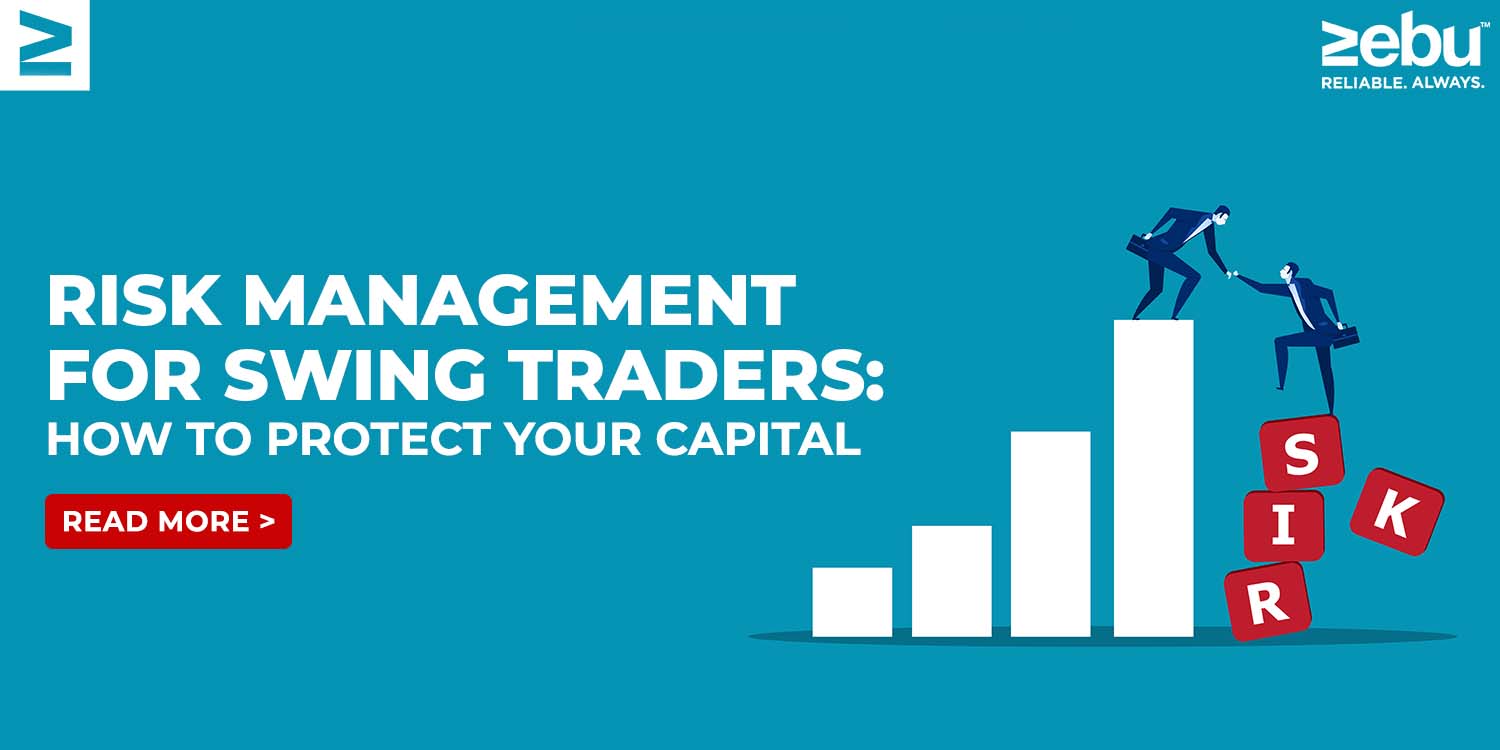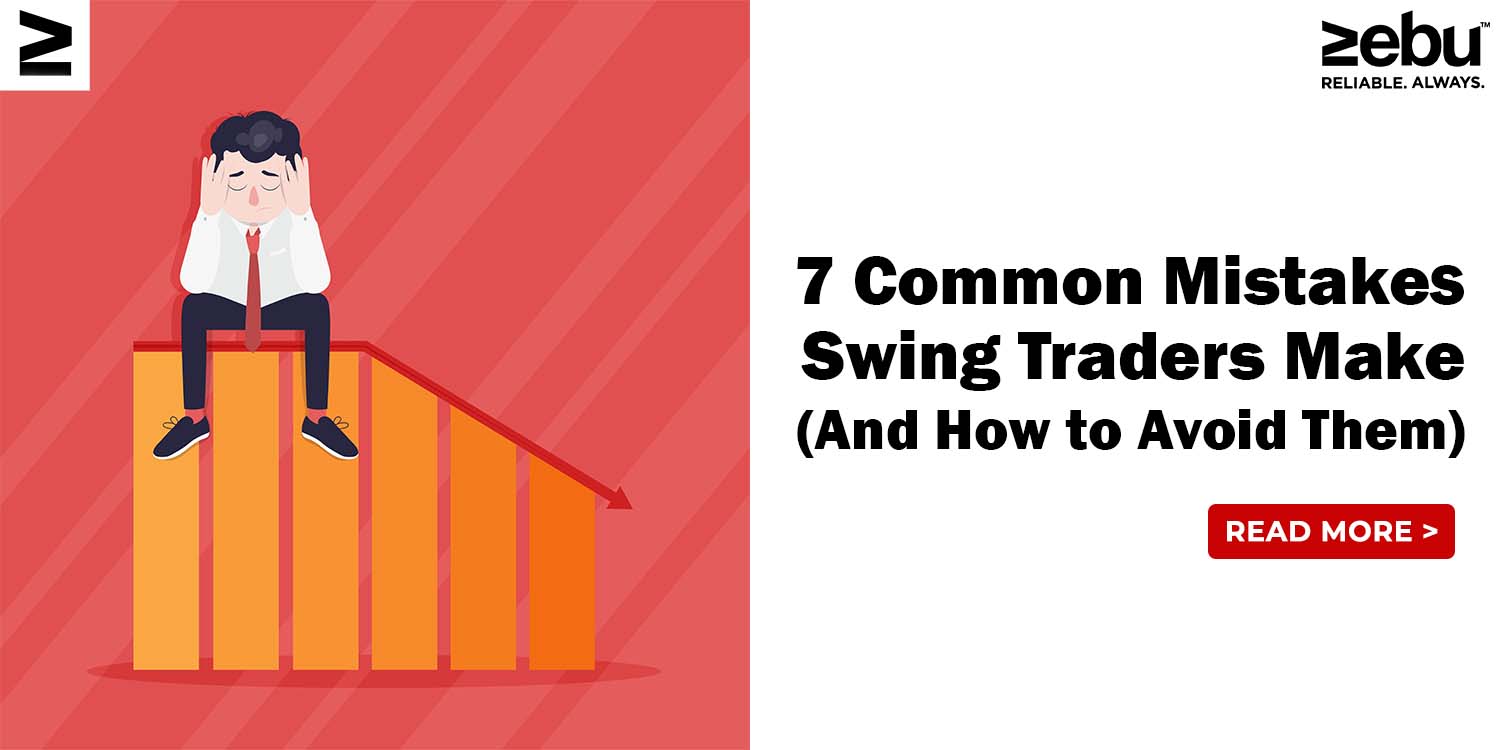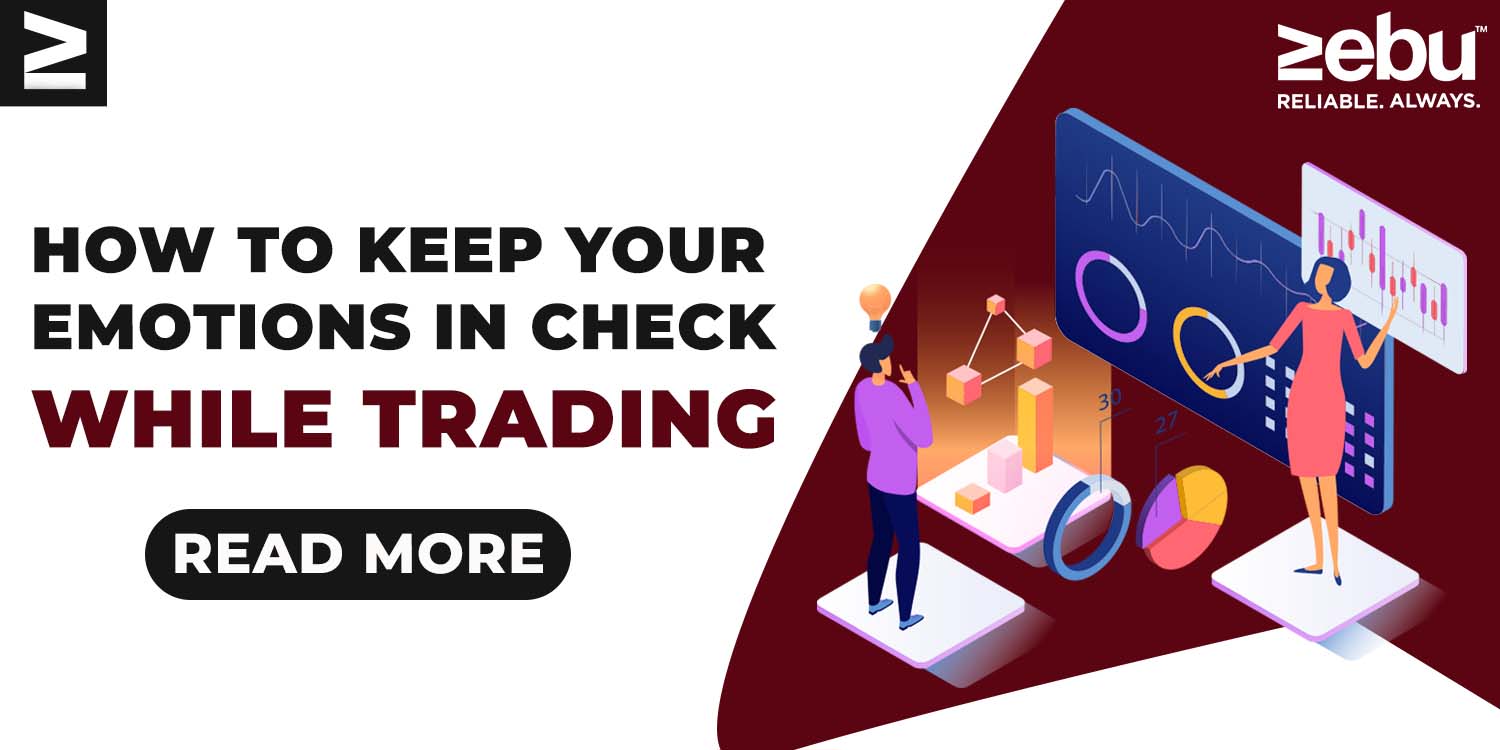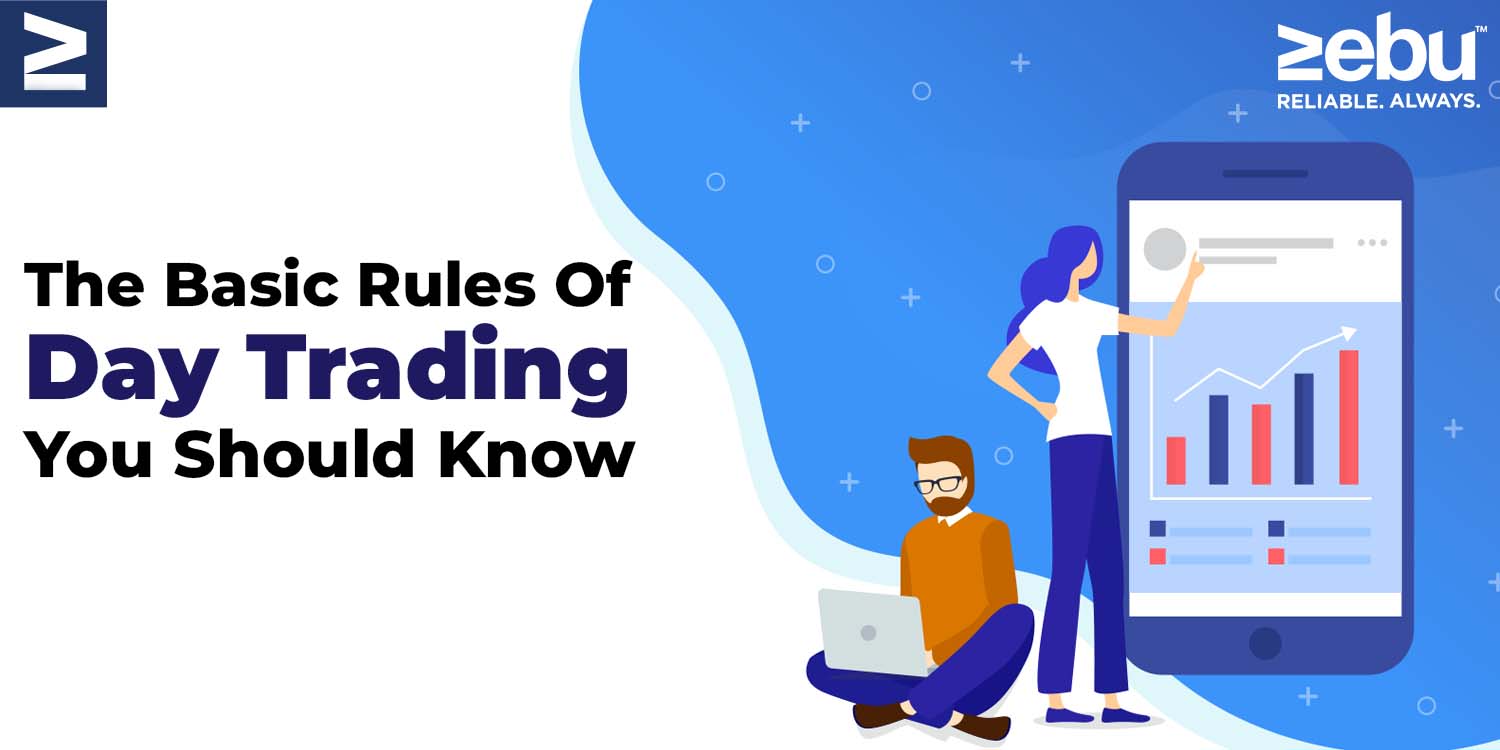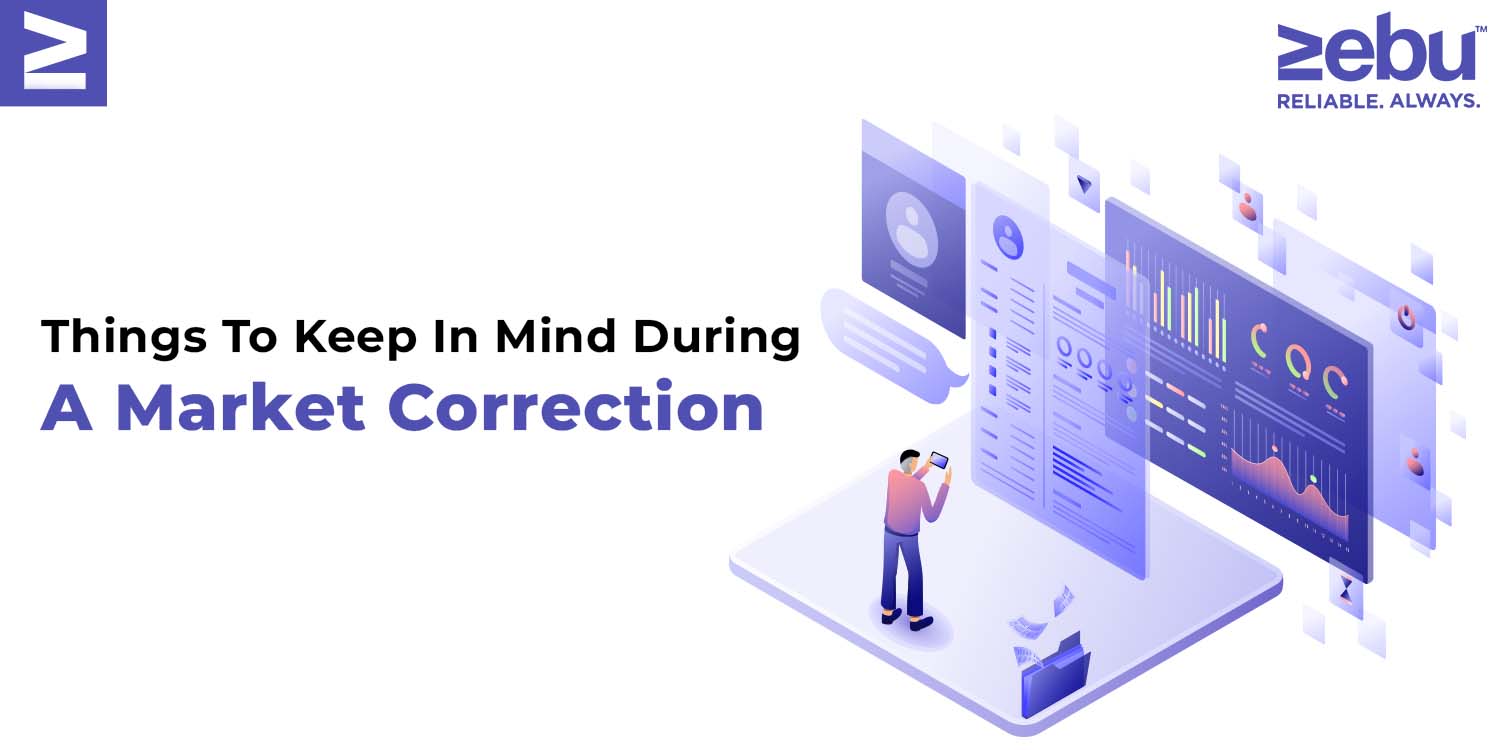
Swing trading is a popular investment strategy that involves holding positions for several days to several weeks in order to profit from short-term market movements. It can be a great way to make money in the stock market, but it can also be a bit intimidating for those who are just starting out and have a limited amount of capital to work with.
If you’re interested in swing trading but don’t have a lot of money to invest, don’t worry. With a little bit of knowledge and some careful planning, you can start swing trading on a budget. Here are a few tips to get you started:
Start small: One of the biggest mistakes that new traders make is trying to invest too much money too soon. Instead, start small and only invest what you can afford to lose. As you gain more experience and confidence in your trading strategies, you can gradually increase your investment amount.
Focus on low-cost stocks: Another way to swing trade on a budget is to focus on low-cost stocks. These are stocks that are trading for less than $5 per share, and they can be a great way to get started in the market without breaking the bank.
Use a stock screener: A stock screener is a tool that allows you to filter stocks based on certain criteria, such as price, market capitalization, and industry. By using a stock screener, you can easily find low-cost stocks that meet your criteria, making it easier to find potential trades.
Learn from others: One of the best ways to learn about swing trading is to follow the advice of experienced traders. You can find a number of online forums and communities where traders share their insights and strategies. Read up on different techniques, and try to find traders who have similar goals and risk tolerance to your own.
Be patient: Swing trading takes time, patience and discipline. Be prepared to hold your positions for several days or even weeks. Don’t get too caught up in trying to make a quick profit, as this can lead to impulsive decisions that can ultimately cost you money.
In conclusion, swing trading on a budget is definitely possible, but it requires a bit of research, planning and patience. By following the tips outlined above, you can start building your swing trading portfolio and take advantage of short-term market movements to potentially generate a profit. Remember, no investment strategy is without risk, so always consult a financial professional before making any investment decisions.
One of the best ways to maximize your chances of success when swing trading on a budget is to focus on undervalued stocks. These are stocks that are trading for less than their intrinsic value and have the potential for significant price appreciation. One way to find undervalued stocks is to look for companies that are undergoing a turnaround or have recently been overlooked by the market. Another strategy is to look for stocks with a low price-to-earnings ratio (P/E), as these stocks may be undervalued relative to their earnings growth potential.
Another important aspect of swing trading on a budget is risk management. It is crucial to have a well-defined risk management plan in place before you start trading. This should include setting stop-loss orders and taking profits at predetermined levels to limit potential losses. Additionally, it’s important to diversify your portfolio by investing in multiple stocks rather than putting all your eggs in one basket. This will help to reduce the risk of losing all your capital in a single trade.
One of the most important things to remember when swing trading on a budget is to keep your expectations realistic. It’s important to remember that no one can predict the future and that there is always risk involved. Instead, focus on developing a consistent, long-term trading strategy that is based on sound fundamentals and technical analysis. Stick to your plan and be patient, and over time you will be able to build a solid portfolio that generates consistent returns.
In conclusion, swing trading on a budget is definitely possible, but it requires a bit of research, planning and patience. By focusing on undervalued stocks, diversifying your portfolio and implementing a solid risk management strategy, you can maximize your chances of success. Remember, no investment strategy is without risk, so always consult a financial professional before making any investment decisions.

